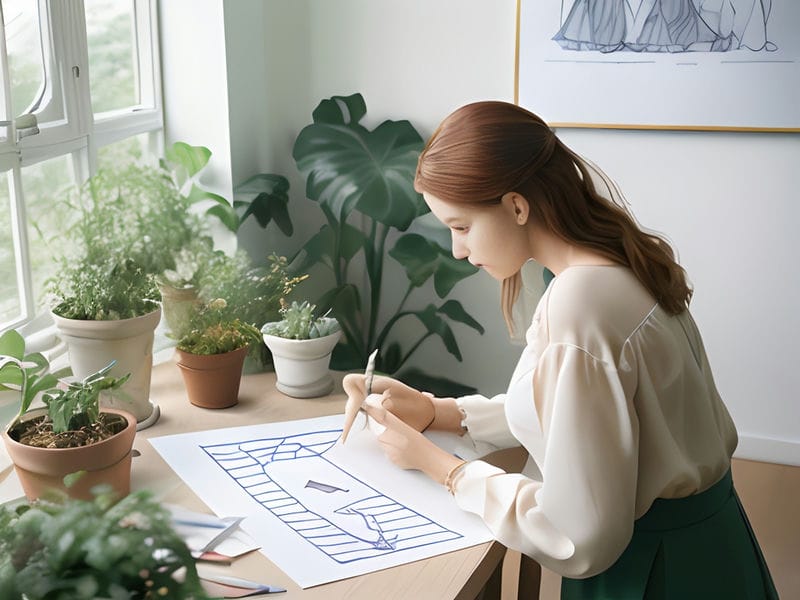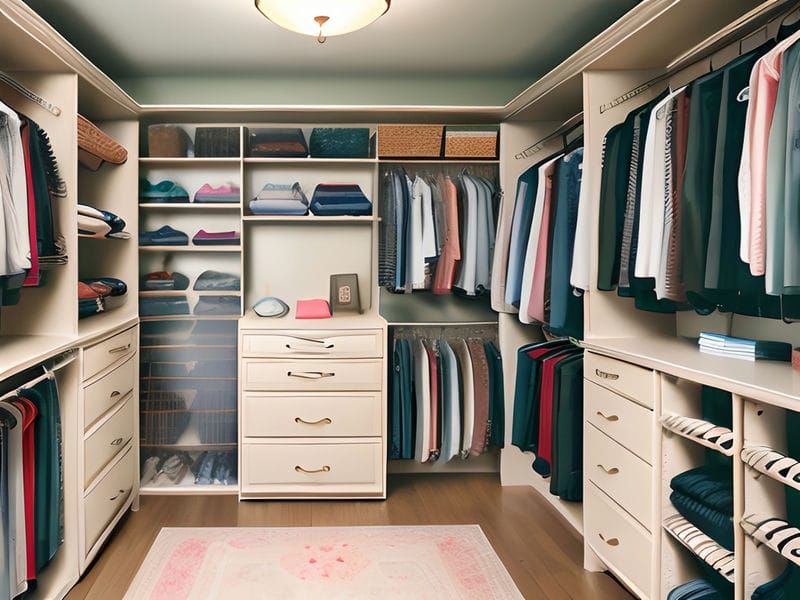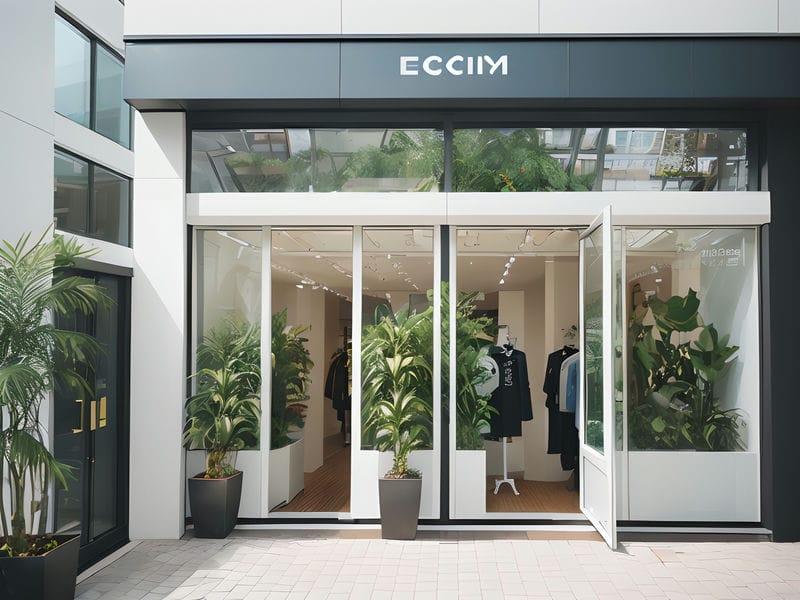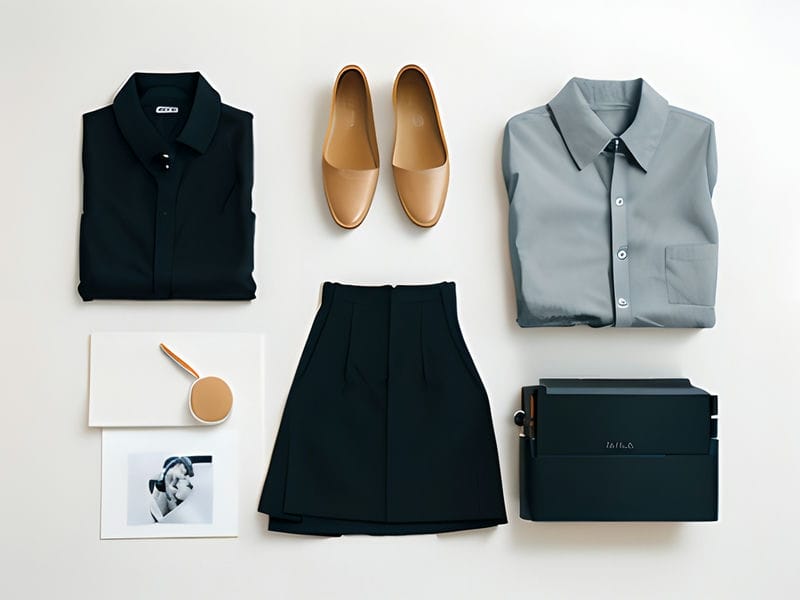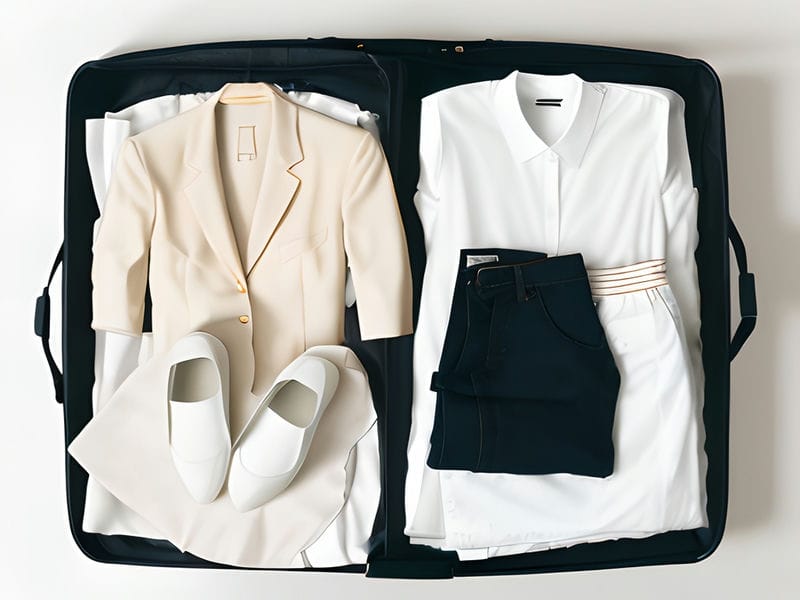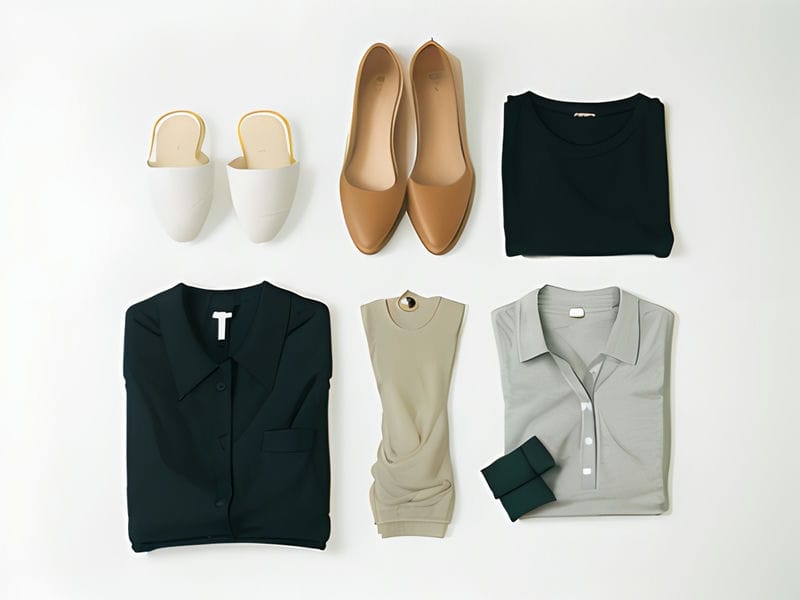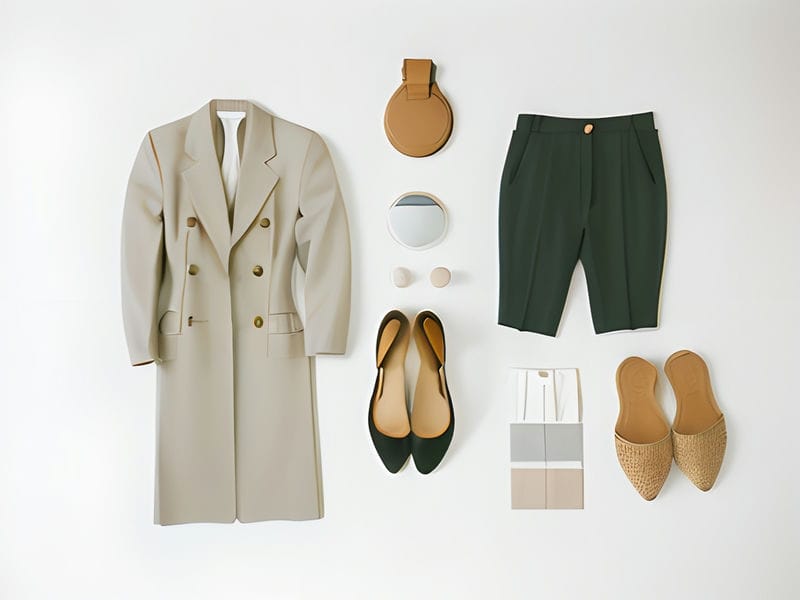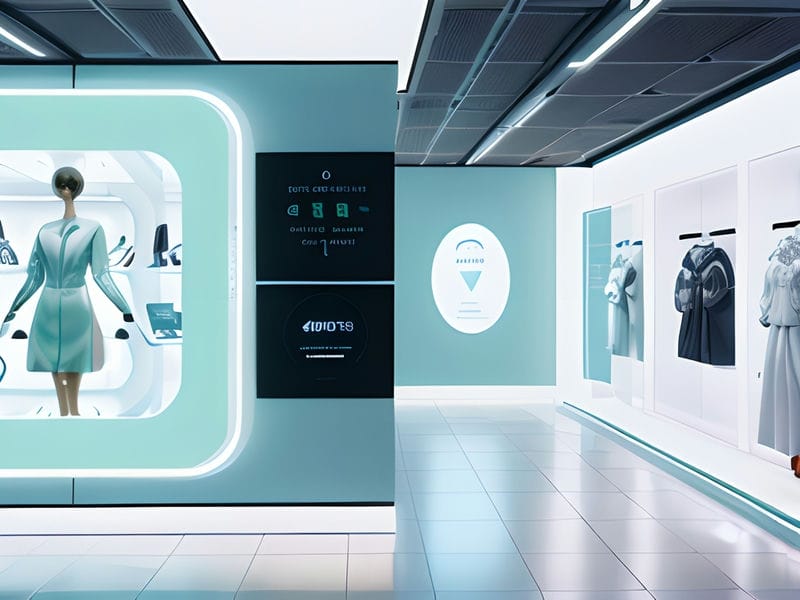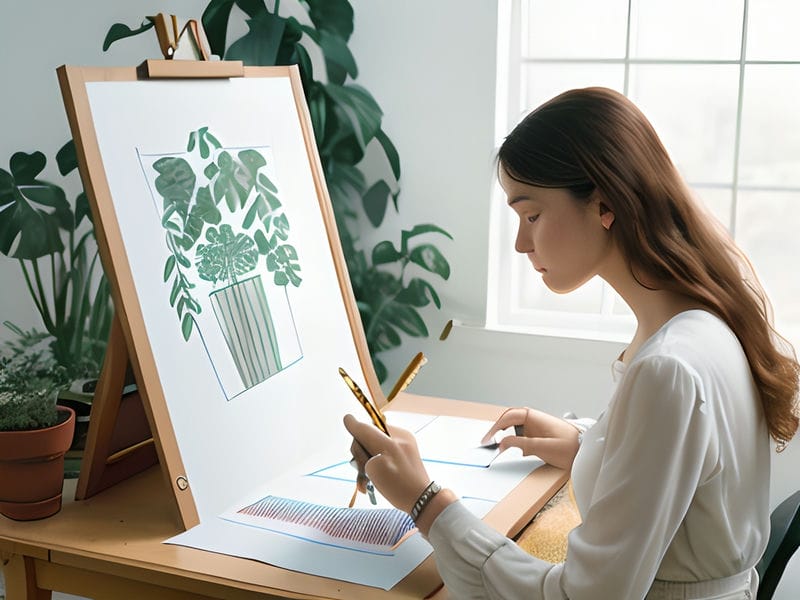
How Augmented Reality Enhances Shopping Experiences
Overview of how technology is being used in the fashion industry to reduce waste and pollution.
Augmented Reality (AR) technology has revolutionized the way we shop by providing immersive and interactive experiences that engage customers like never before. Sustainable brands prioritize transparency The Future of Wearable Technology in Fashion Sustainable Laundry Practices. Econyl is made from recycled ocean plastics Sustainable Fashion Innovations DIY Fashion. There are numerous benefits to using AR technology for enhancing shopping experiences, making it a game-changer in the retail industry.
One of the key advantages of AR technology is its ability to allow customers to visualize products in real-time within their own environment. This level of interactivity enables shoppers to see how products will look and fit in their homes or on themselves before making a purchase, reducing the uncertainty and risk associated with online shopping. By virtually trying on clothes or placing furniture in their living room, customers can make more informed decisions and feel confident about their purchases.
How Augmented Reality Enhances Shopping Experiences - Pants Off-White
- Paisley Mini
- Hong Kong
- Viscose Nylon
Another benefit of using AR technology for shopping is its ability to create personalized and engaging experiences for customers. Retailers can use AR to offer customized product recommendations based on individual preferences and past purchase history, leading to higher levels of customer satisfaction and loyalty. Additionally, AR-powered virtual fitting rooms can enhance the overall shopping experience by allowing customers to experiment with different styles and sizes without having to physically try on multiple items.
Furthermore, AR technology can bridge the gap between online and offline shopping experiences by creating seamless omnichannel interactions. Customers can use AR apps both in-store and at home, blurring the lines between physical and digital retail spaces. This not only enhances convenience for shoppers but also increases foot traffic for brick-and-mortar stores as customers are enticed by the innovative technologies offered.
In conclusion, augmented reality has transformed the way we shop by offering immersive, personalized, and seamless experiences that elevate customer satisfaction and drive sales. As retailers continue to adopt AR technology into their strategies, we can expect even more exciting developments that will further enhance our shopping experiences in the future.
